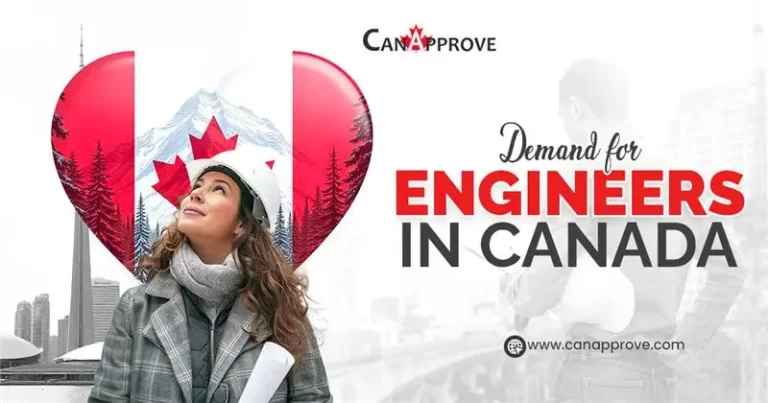Demand for Engineers in Canada

By Sree Lakshmi R Gopal PImmigration Content ExpertJune 28, 2025 | 12 min readDo you know? Engineers in Canada enjoy a rewarding lifestyle!! Not just in terms of salary, but also in work-life balance, career growth, and overall quality of…










